Ponneri is currently a small town located north of Chennai which lies in the middle of lush fields and numerous water bodies. However, all of this will soon change. Last Saturday a colleague and I were able to go visit some of the areas around the planned smart city of Ponneri and envision the drastic changes that this area will undergo if the development plan goes through.
The Japan International Cooperation Agency has prepared a master plan for Ponneri envisioning developing surrounding areas, covering 10 villages, into an industrial node. Along with two other sites along the Chennai Bangalore Industrial Corridor (CBIC), Ponneri will be developed into an engineering hub for automobile and machinery units. Ponneri’s desirability for development comes because of its location near L&T and Kamarajar ports both of which serve domestic and international markets. The Smart City Plan is part of an agenda to create industrial corridors across India. The hope is that cities developed along these corridors will be created as Smart Cities falling in line with the government’s smart cities guidelines. Yet, the question remains. If these areas are developed who will be displaced and what will the costs be?
Our trip to Ponneri had us leaving early Saturday morning. Our drive took us through northern Chennai up to Ennore creek, a lush water body in the area of Ponneri. Our first stop had us looking directly at the North Chennai Thermal Power Station and the Vallur Thermal Power station, two massive power plants located right alongside the creek. According to their terms and conditions the power plants must have systems in place to collect fly ash. Yet, what we saw was the opposite. The power plants on both sides of the creek were discharging large amounts of ash directly into the water filling up the creek.
Power plant located along Ennore creek with ash ponds. Photo Courtesy: Magdalena Cooper, Intern, Citizen Consumer and Civic Action Group
Ash in Ennore creek. Photo Courtesy: Magdalena Cooper, Intern, Citizen Consumer and Civic Action Group
Next, our trip took us on a road winding through various villages leading up to Ponneri. The road was small and constantly filled with trucks transporting various goods. It had potholes and was poorly maintained with few road signs. The scenery alternated between villages and lush agricultural fields surrounded by water bodies of various types. After Ponneri, we turned onto a road that had been built to aid future development and the transportation of goods. In contrast to the previous road, this road was perfectly maintained with many road signs and little traffic. Our guide pointed out that for him this road was the clearest signal of development to come. Normally roads in this area would not be maintained or built more than was necessary, yet this road was newly built and kept in perfect condition.
Village road with potholes. Photo Courtesy: Magdalena Cooper, Intern, Citizen Consumer and Civic Action Group
The new road built for future industry and development. Photo Courtesy: Magdalena Cooper, Intern, Citizen Consumer and Civic Action Group
Agricultural areas surrounding Ponneri. Photo Courtesy: Magdalena Cooper, Intern, Citizen Consumer and Civic Action Group
The last part of our trip took us to Kamarajar and L&T ports. Both ports were walled and fenced off with security at the gate. The roads surrounding the port were clogged with large trucks and constant activity. Located just outside the port there is a small village with wide planned streets and straight rows of houses. The village was built by the port for the community who had been living in the port area. When the port was built in the early 2000s they were relocated outside the building area with the promise of full-time employment at the port. Yet, to date, the port has not fulfilled their promise and the villagers are still only offered contract work. Additionally, the villagers are concerned because the port has not provided them with legal documents to the houses they were relocated to. This means that should they be relocated again it will be extremely difficult to ensure that those relocating them will provide them with housing and amenities. Finally, if the port should change hands they would have little means by which to legally prove that they were owed employment or housing.
L&T port as seen from a beach used for fishing. Photo Courtesy: Magdalena Cooper, Intern, Citizen Consumer and Civic Action Group
The patterns set by past development in the area raise serious concerns about the development of a city in the Ponneri area. First, further development will cause increasing harm to the diverse ecosystems in the Ponneri area. As evidenced by the power plants there is little effort made to ensure that environmental agreements are abided by. If there is future development, it will need a much stronger mechanism in place to ensure sustainable building and the enforcement of environmental regulations. Second, as the industrial node is built up, additional communities will be dislocated. If development is to continue at the very least there need to be mechanisms in place to ensure that those who are displaced are given due compensation and fair treatment by developing actors. If development follows the path of the ports, this doesn’t seem likely. Finally, as Ponneri is built up, the ports and power stations will only expand and multiply. One of the key factors of success for a smart city is the inclusion of all stakeholder values in the end vision of the smart city. The current path of development in the area gives little hope that marginalized communities will be included in and reap the benefits of future development.
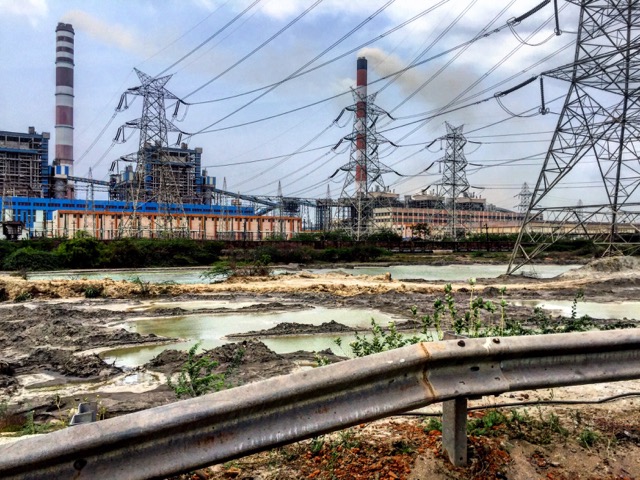
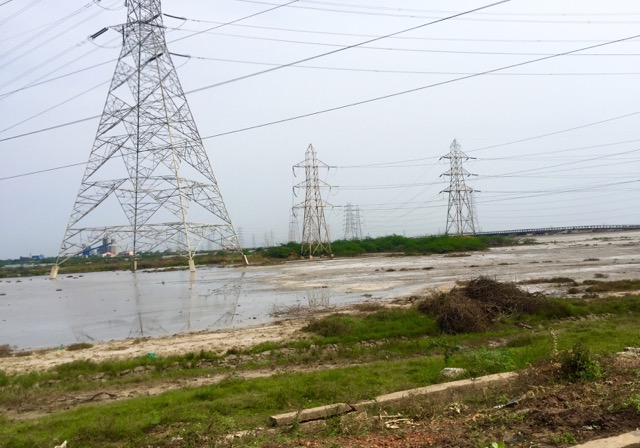
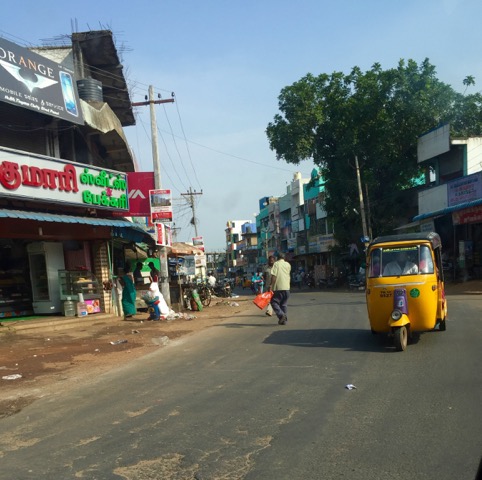
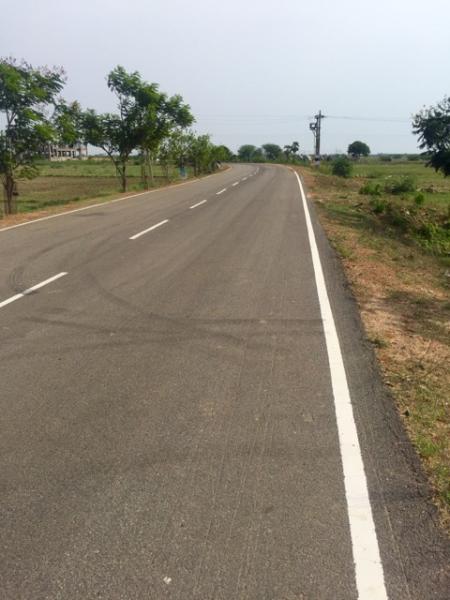
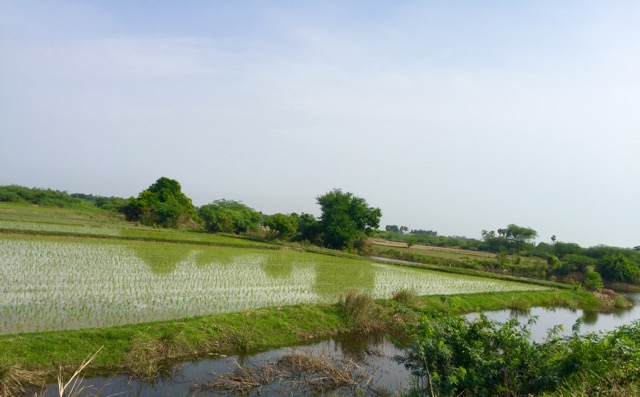
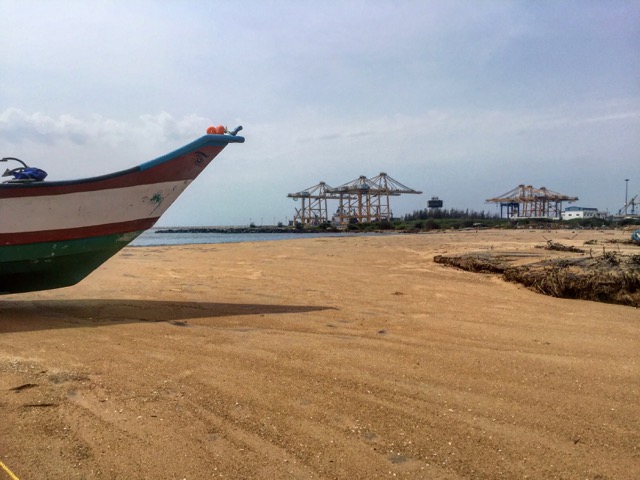
Add new comment